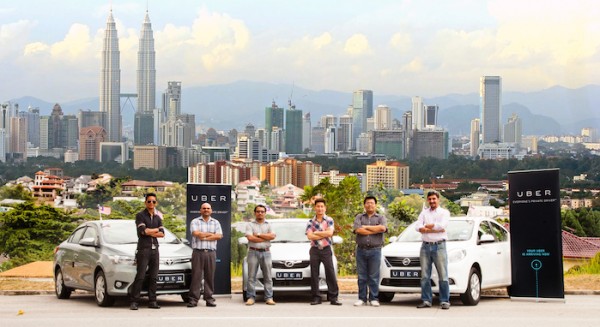
Ride sharing service Uber has once again been dragged into the limelight, although the timing of the news is rather suspicious. We recently had a chance to sit down with Leon Foong, General Manager and Head of Operations for Uber Malaysia, before the latest round of protests and pronouncements against the legality of Uber in Malaysia to hear about its latest plans for the country. Plans that included a new programme to attract more drivers that kicked off at exactly the same time as the latest round of protests from taxi drivers. Hmm.
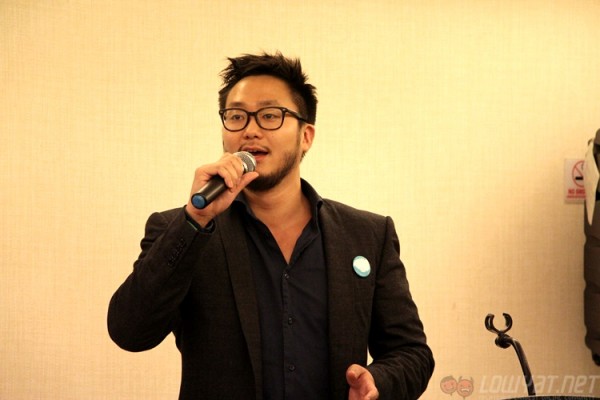
Uber has been focused on expanding its services in urban areas in Malaysia, where smartphone use is the heaviest and where people are most likely to use its services. The company says that Malaysia is one of its fastest growing markets, and the service has moved beyond Kuala Lumpur and is now serving Johor Bahru and Penang.
Alongside these new markets, Foong says that the company is now working on building a more robust community of Uber drivers. The idea isn’t just that Uber provides a service for getting from one place to another, but that it provides other economic and social opportunities for those involved. This is all excapsulated in the Project Momentum hashtag of #rideinthefrontseat.
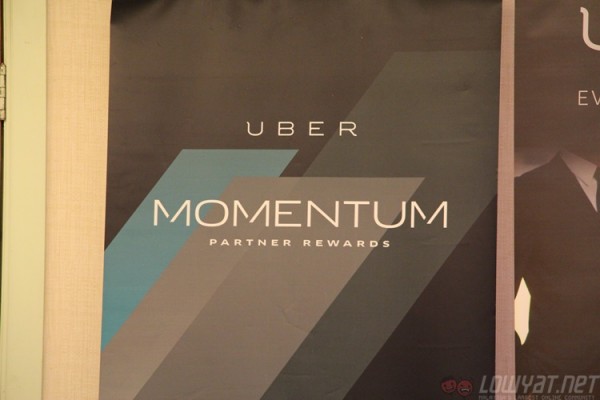
Project Momentum builds on this foundation by using partners to provide additional perks and opportunities for its drivers. At the lowest level, it will provide discount vouchers for car maintenance from workshop franchises like Lim Tayar and CitiCar. On top of that is the process of upscaling Uber’s partner drivers.
This is a combination of providing education for drivers on how to take care of their vehicles and offering achievement-based rewards under the My Uber Hero programme. On one level, the upscaling is meant to provide passengers with a better service; on the other, it also rewards Uber drivers for going above and beyond their call of duty.
My Uber Hero gamifies the job of being an Uber driver. Each month, the service will recognise drivers who have reached certain milestones. This could be driving 200 trips within a month, or providing rides mainly during peak traffic hours – little achievements that they can unlock simply by doing what they do.
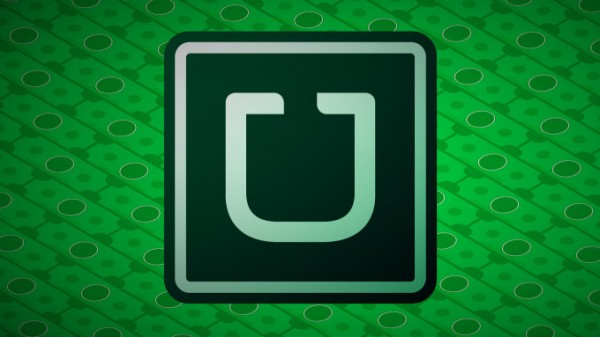
Foong emphasised the opportunities that Uber presents to its drivers; not only as an avenue for earning extra money, but also personal improvement. It is a story that many would have heard among Uber drivers in other cities. While Uber does not disclose information about its Uber X drivers, he did reveal the story of a professional yo-yo competitor who works as an Uber driver to finance his trips to competitions overseas.
Centering its expansion plans around the idea of community presents a challenge for Uber to actually maintain that community. Selling people the idea of joining an exclusive club with plenty of benefits is not a difficult task, but weeding out the drivers that aren’t capable of providing the kind of service that Uber demands is another story. Project Momentum will undoubtedly see an influx of new drivers, all of which need to be vetted before they are allowed to drive for Uber. There are already enough stories from abroad for Uber to know how big a task that is.
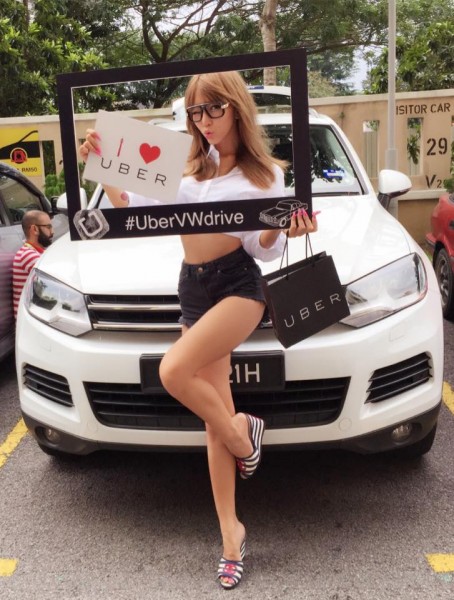 One of Uber KL’s recent explorations was to use popular local celebrities to drive for them for a day, all in the name of charity. Pictured: DJ Leng Yein, who was one of the volunteer Uber drivers for the day.
One of Uber KL’s recent explorations was to use popular local celebrities to drive for them for a day, all in the name of charity. Pictured: DJ Leng Yein, who was one of the volunteer Uber drivers for the day.
On top of that, Uber’s challenge is not simply expanding its pool of drivers, but also maintaining the level of quality that it wants to deliver. It should be business as usual for the more traditional chaffeur-like structure of UberBLACK, but the nature of uber X makes this more of a crapshoot in terms of quality. So far, complaints against uber X drivers in Malaysia have been few and far between, but that is also arguably due to the small amount of uber X drivers around.
Where this goes is interesting to see. While Uber has already won many fans in the cities it has ventured into by providing a reliable service that’s miles better than what the local taxi services offer, it still tends to fall on the wrong side of regulatory bodies who are often irked at the way it tends to operate on an ‘act first, apologise later’ attitude. Project Momentum doesn’t look like it will rock the boat, but the timing of the recent protests against GrabCar and Uber could not have been a coincidence.
Nor is the fact that SPAD has yet again decided that uber X is illegal. Although it should not come as a surprise if this becomes a grey area again in a couple of months.
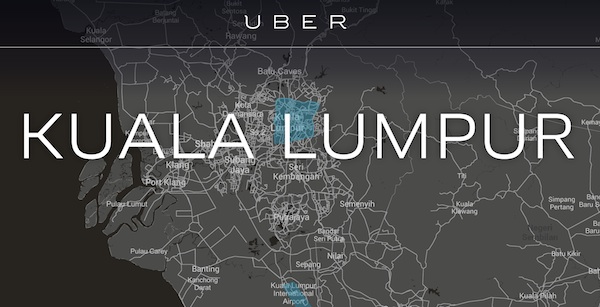
Uber faces substantial challenges in its expansion plans at the moment. There is no denying that the company brings a substantially better alternative to the traditional taxi service. Despite this, its attitude towards government regulations tends to produce avoidable setbacks. This was noticeable as Foong was careful to sidestep the issue of how Uber is dealing with SPAD, and the legality of its service in Malaysia. When asked, he instead went on to highlight how each Uber driver is covered by an insurance policy that kicks in whenever he or she accepts a ride.
Project Momentum and the goal of building a community hinges on the entire service gaining acceptance from the authorities. This will probably come with time, as the public has openly embraced Uber’s services, but this process still faces large amounts of opposition from many quarters, some of whom still have significant influence on regulatory bodies. Uber could surely use more drivers as it works its way into more cities in the country, but they would only come in the knowledge that they would not be on the wrong side of the law – regardless of the noble perks and rewards scheme it is pushing to its drivers.
Follow us on Instagram, Facebook, Twitter or Telegram for more updates and breaking news.


